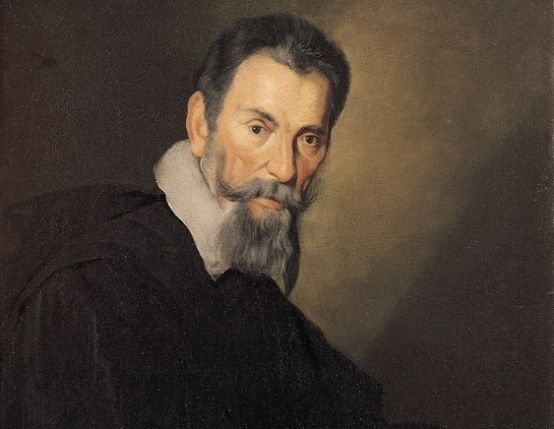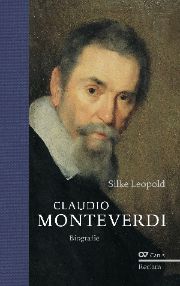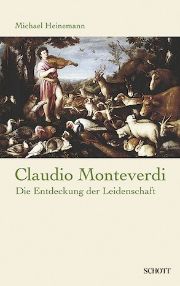Monteverdi and no end
In the anniversary year, both Carus/Reclam and Schott have published new books on the career, work and achievements of the great composer. Silke Leopold takes a more biographical and historical approach; Michael Heinemann focuses primarily on listening impressions.

When August Wenzinger recorded Monteverdi's opera 'Orfeo' in Basel in 1955, only a few insiders were interested. The anniversary of the 450th birthday of the great Italian composer shows just how much this has changed, as the repertoire this year is teeming with his works: Madrigals, operas and the Marian Vespers here and there.
There are also a number of new books, two of which deserve special mention. One is Silke Leopold: the professor emeritus from Heidelberg has been working on Monteverdi for decades and has now published a new biography with Carus/Reclam. Reading Leopold is always enriching and a great pleasure. This is no different in this case. She tells the story of Monteverdi's career from his beginnings in Cremona through his time at court in Mantua to his position as conductor at San Marco Cathedral in Venice. The fact that the author also includes the political and cultural environment makes this biography particularly exciting. When Leopold includes information that goes beyond the sparse details of his life and work, she never does so in a cramped, contrived manner. And the way she draws conclusions about historical events and the Italian's thinking from Monteverdi's madrigal prints via the prefaces and printing locations is fascinating.
The author's skill lies in her ability to offer both laypeople and a specialist audience food for thought, and she does not shy away from references to the present, for example when she describes the plot of Il pastor fido as "not unlike a modern-day telenovela". The innovation in the madrigal Cruda Amarillis from this very "telenovela" describes it as follows: "What is striking about these compositions is Monteverdi's determined attempt to turn the five voices of the madrigalian movement into a speaking person, an individual, and to transform the polyphonic composition into a kind of dramatic scene."
Silke Leopold's musical explanations and cultural-historical observations result in a dazzling kaleidoscope of the period around 1600. The appendix with biographical information, a list of works, a list of prints and a glossary, where beginners can find information on musical instruments, interpretation and work designations, is valuable.
Supplied with Leopold's information, one should read the monograph published by Schott Claudio Monteverdi - The discovery of passion by Michael Heinemann should not be missed. The author approaches Monteverdi's music from the perspective of listening, but assumes a certain amount of knowledge. Without knowledge of the form of the madrigal or of Monteverdi's operas Orfeo, Poppea and Ulisses is not about reading.
His explanations are most interesting when they can be coupled with listening experiences, i.e. when his explanations can be directly compared with sound examples. Heinemann, who is a professor of musicology in Dresden, also knows how to break down his specialist knowledge to an understandable level. As a result, this book is also a great pleasure to read. The chapter titles alone are enough to whet the appetite: "I sing, therefore I am - Orfeo's world design" or "Church music, counterpoint and calculation" are just two examples.
A quote from the chapter "Sound stimuli" may illustrate Heinemann's writing style: "The popularity that Monteverdi's music gained did not result from erudition. Not from the correct use of dissonances or because of its artificial polyphony. (...) Rather, it is due to a simplicity that should not be confused with plainness, but rather means a directness that expresses affects immediately and seemingly without reflection."
Silke Leopold: Claudio Monteverdi. Biography, 256 p., € 28.00, Carus/Reclam, Stuttgart 2017, ISBN 978-3-15-011093-5
Michael Heinemann: Claudio Monteverdi - The Discovery of Passion, 178 p., € 24.50, Schott, Mainz 2017, ISBN 978-3-7957-1213-6









